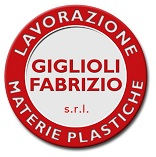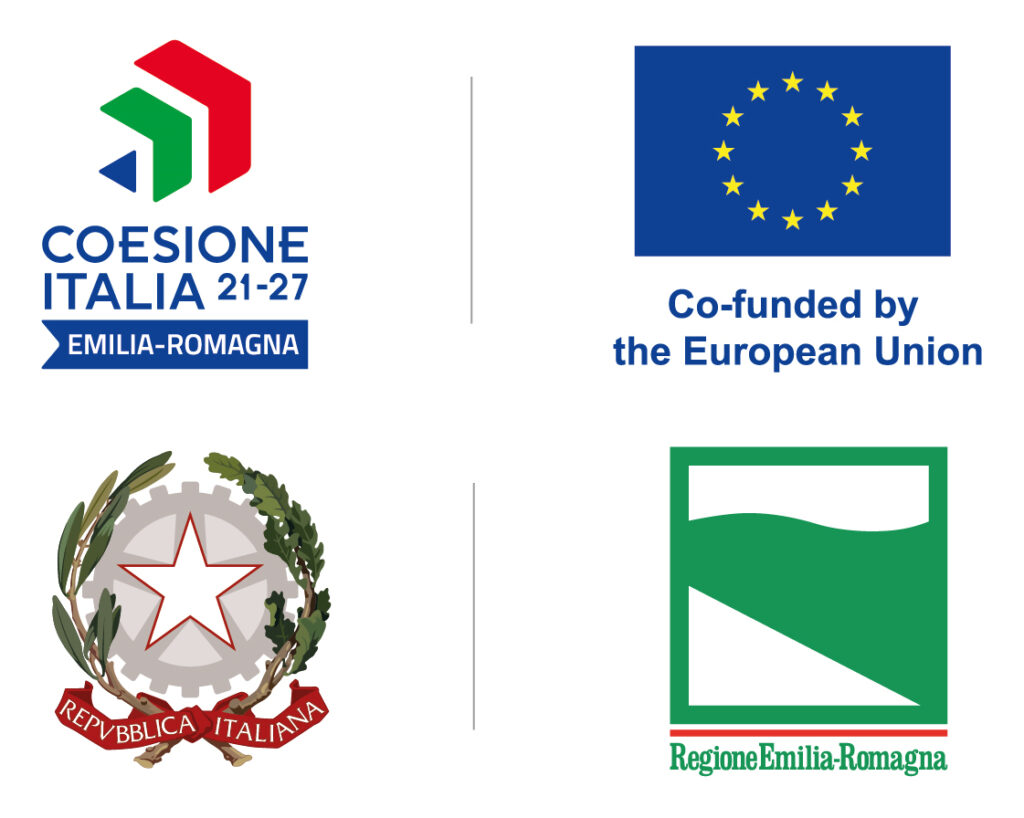PET: acronym of polyethylene terephthalate, is part of the family of polyesters, it is a thermoplastic resin suitable for food contact.
SAFETY: the main condition for a resin to be allowed on the market for the production of food (packaging) is a total chemical inertia. The PET does not react in any way with food products and the taste of beverage is not altered by the resin of the containers.
PRODUCTION: Process of PET for the production of containers for liquids is made by ISBM (Injection Stretch Blow Molding). However PET is a highly hygroscopic material that requires specific treatment in order to guarantee its functionality. In fact, the granules undergo dehumidification before they can go through the plasticization.
COLOR: On the basis of the production processes and thermal history, we can find PET in amorphous (transparent) form (usually it happens at the end of the process) , or semi-crystalline (white and opaque), when in granular form.
PHYSICAL AND MECHANICAL CHARACTERISTICS: The performance of the bottle depends not only on the thickness of the preform but also on the bi-orientation of the molecules. The molecular orientation resulting from the bi-axial stretching processes increases with respect to the amorphous structure both the mechanical resistance (especially the internal pressure and the impact) and the barrier effect. On the other hand, it leads to a reduction in the bottle dimensional stability when the temperature rises above 60 ° C, a condition that limits the range of applicability of PET containers.
DISPOSAL AND RECYCLING: The disposal of polyethylene terephthalate can be carried out in two ways: chemical recycling and mechanical recycling. The chemical recycling consists in depolymerizing the powder of the product. The depolymerization can be carried out through glycolysis, hydrolysis, or methanolysis. All these processes are advantageous from an economic point of view only if we consider the disposal of large quantities of polyester. The result is however satisfactory, since it does not affect the quality product, that remains high and not depreciated. Mechanical recycling, on the other hand, is more convenient if we consider small quantities, brings to a quality products that is lower and, by consequence, depreciated. It consists of five main steps: selection, cutting, washing, extrusion and packaging. Initially, the materials are loaded onto a conveyor belt and selected by color and type; once selected they are cutted into small pieces. In washing passage the plastic is washed to remove every impurities. Subsequently the material is heated and extruded in granules, ending placed in containers and labeled.

